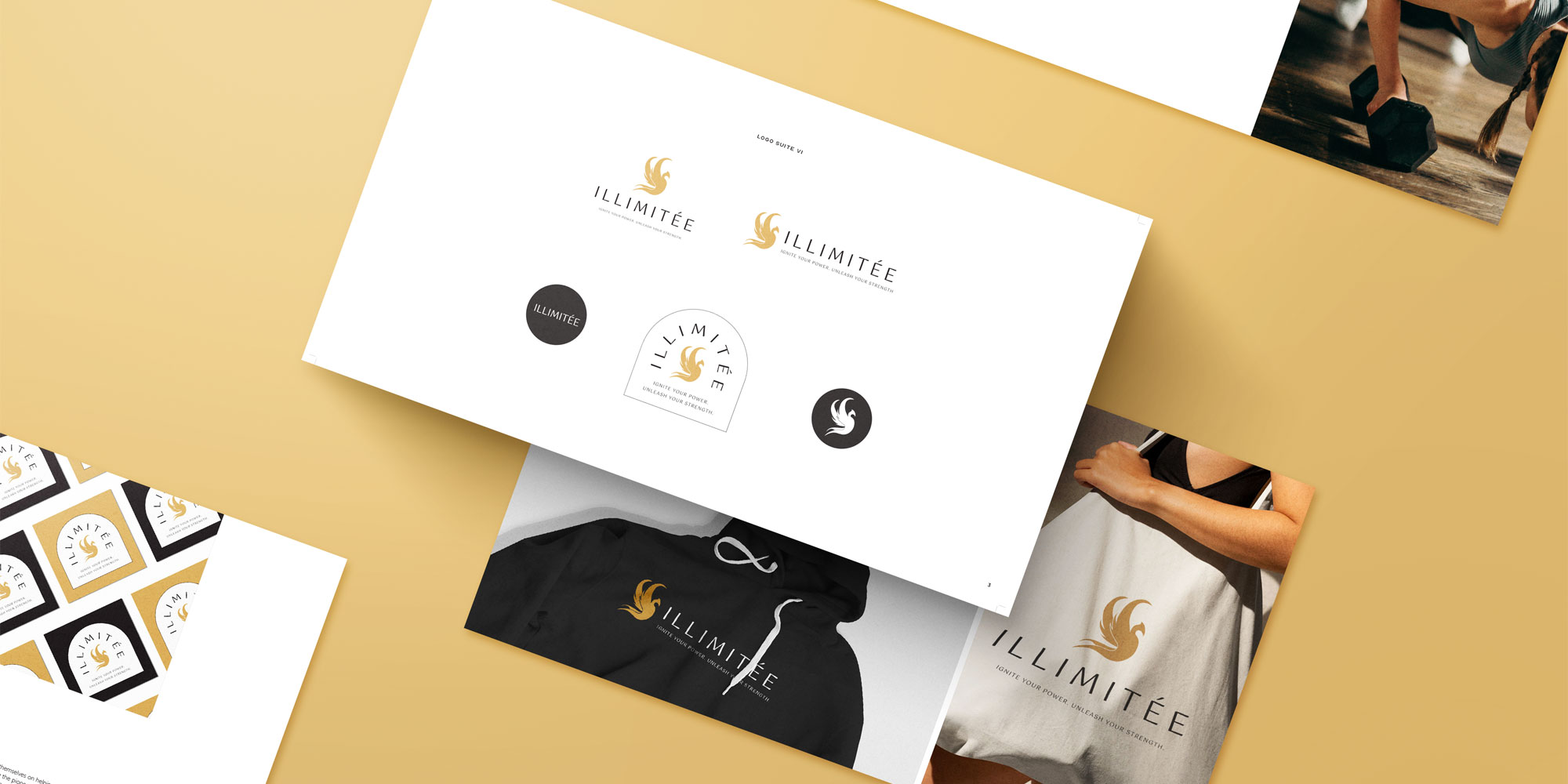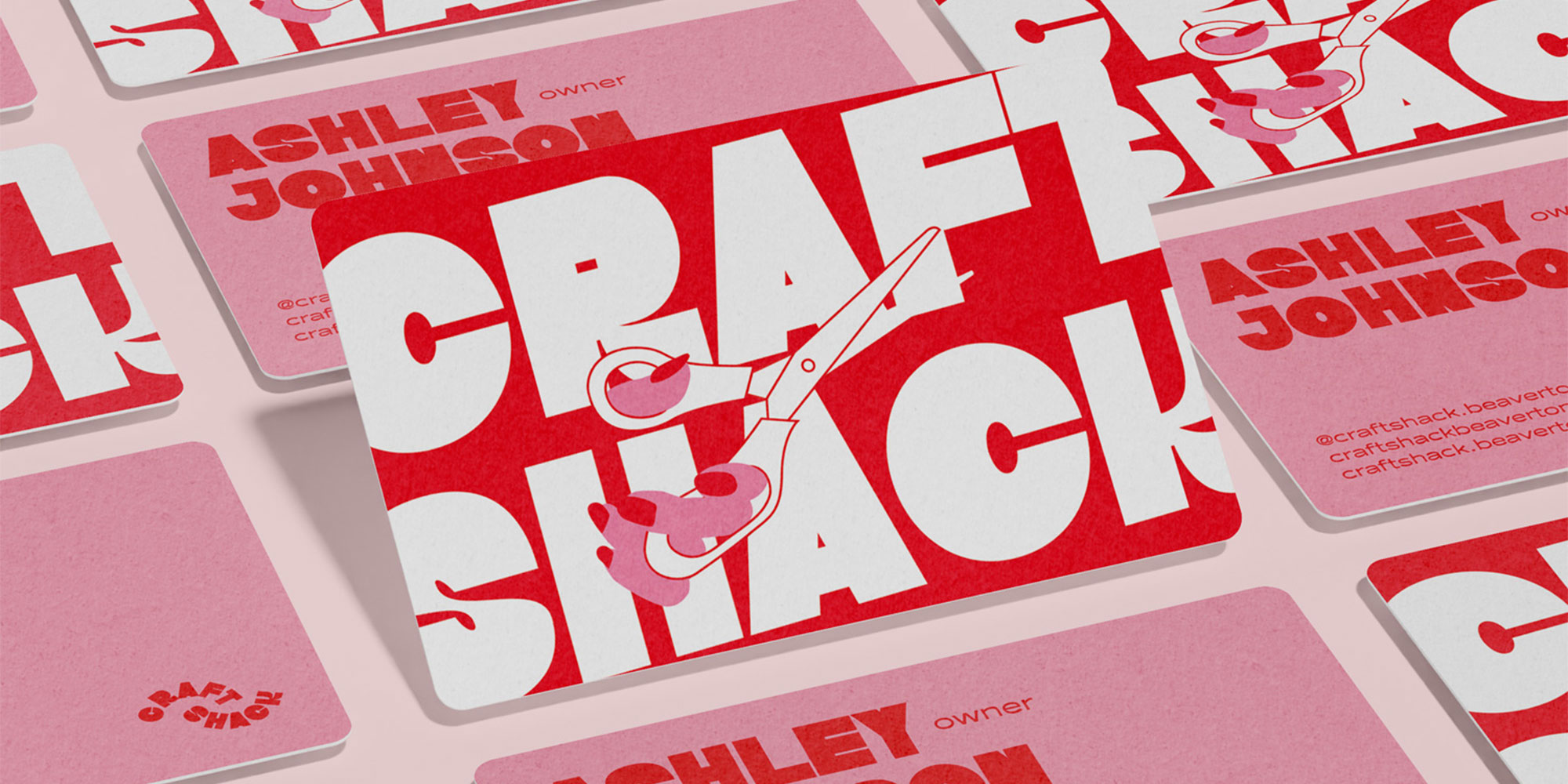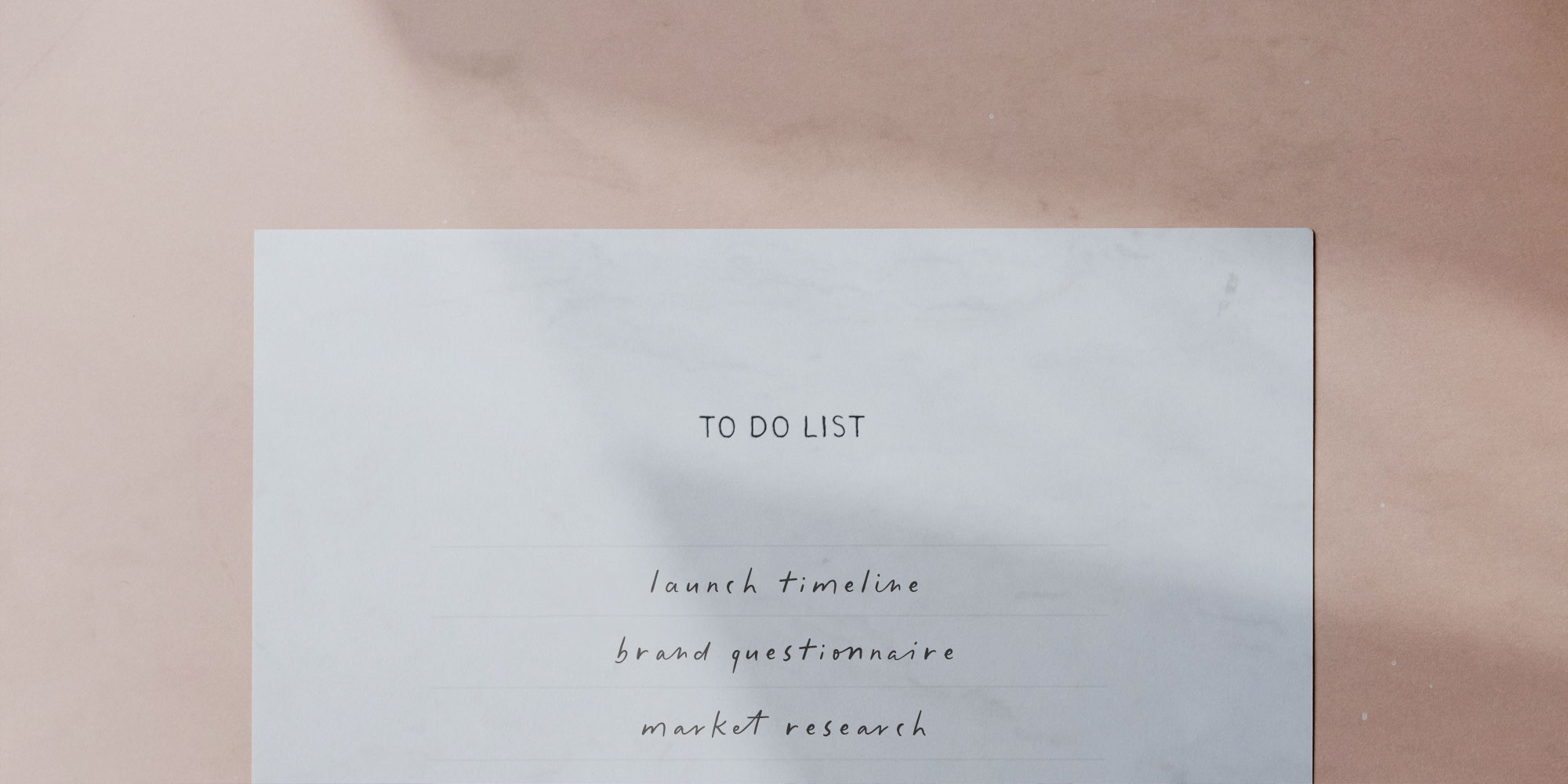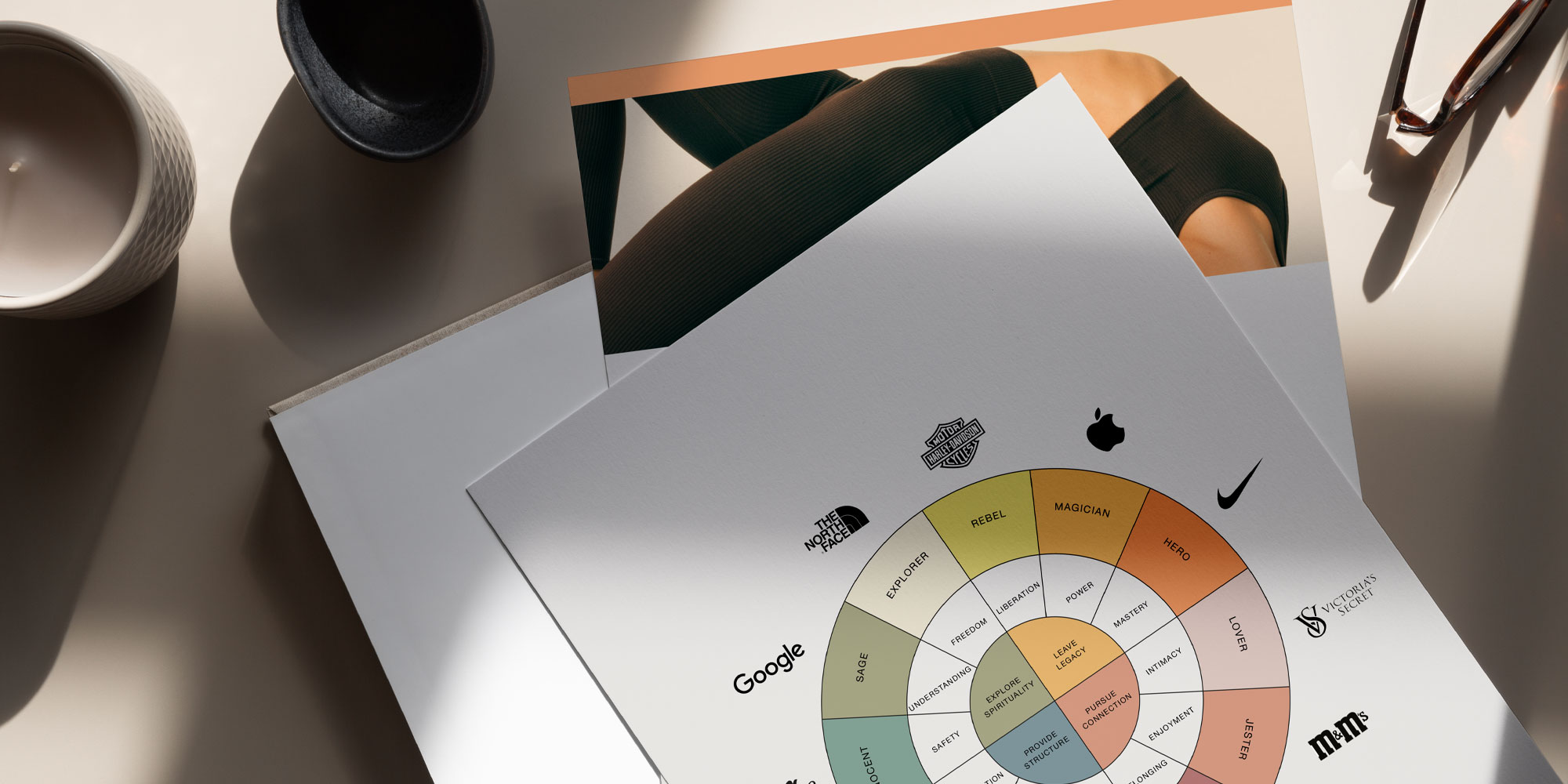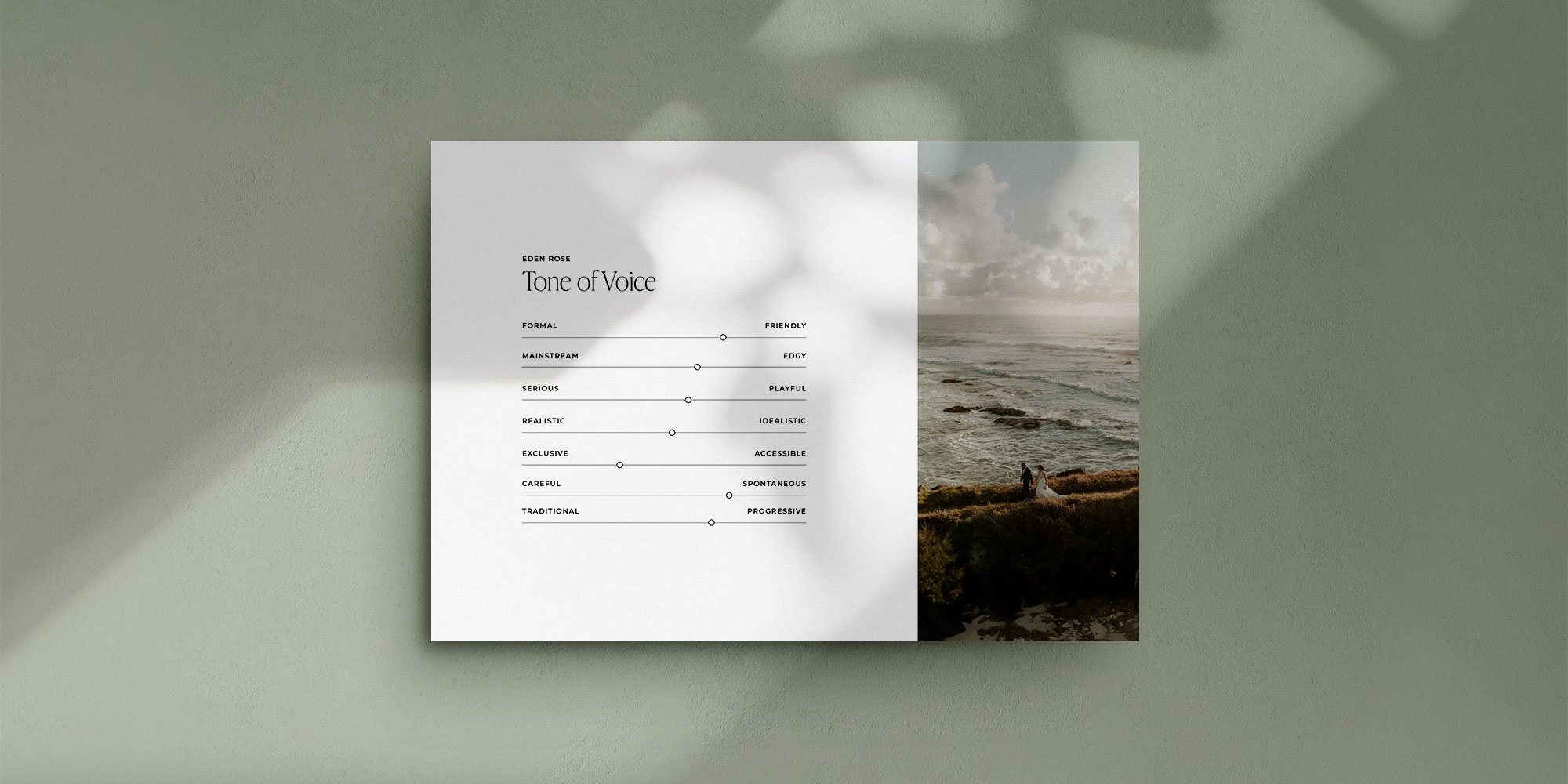As a small business owner, you likely know the importance of sales and marketing. But when it comes to branding, it can feel difficult to take actionable steps. In fact, many of the small business owners we talk to think of professional branding as a nice-to-have, not a necessity. And they’re dead wrong. Branding isn’t just the icing on the cake, it’s the whole damn cake. In this ultimate guide to building a professional brand package, we’re digging into the why, what, and how of putting together an incredible brand, from start to finish.
Jump straight to:
- What is a brand?
- Why does professional branding matter?
- Important brand design elements
- Choosing brand colors, fonts, and more
- Brand package checklist
What IS a brand?
Brand, branding, brand identity, brand package… these words get thrown around in a lot of different contexts. And in the age of social media, things get even more confusing. Suddenly everybody and (literally) their dog has or is a brand. So, let’s start with the basics.
Brand. In marketing, a brand is a product or business with a distinct identity. It’s what sets your product or service apart from your competitors’ and gives you a competitive edge over others in your industry. Think Pepsi vs. Coca Cola here. Both started out with similar products (fizzy, caramel-colored soft drinks) and relied on their brand to distinguish themselves in the market. Coca Cola with their classic red and Pepsi with their sometimes truly wild appeals to younger demographics.
Branding. Alright, we’re going way back for the roots on this one. Since approximately 2700 B.C., humans have branded or marked livestock to show ownership. This practice was especially important in the American west where cattle from multiple ranches were often brought to market together. How did you know it was good branding? It could be easily seen at a distance and was distinct enough that you knew immediately who that cow belonged to. So branding is both the act of placing your mark on something (verb) and it’s what makes that mark special (noun).
Brand identity. The way you present your brand (AKA product or business) to the world. You can also think of this as the way your product or business gets perceived by people. Your brand identity includes your vision and mission, the core values you adhere to, and the voice that sets you apart. It’s the why behind your brand that helps create an emotional connection with your ideal brand audiences.
Brand package. These are the physical design elements that represent your brand’s identity to the world. This is where we get into the more obvious elements of your branding: brand colors, fonts, logos, and images. Depending on what your brand needs, your branding package might also include things like your tagline and mission statement, vision statement, and statement of core values.

Why does professional branding matter?
There are hundreds if not thousands of tools available to help small business owners DIY their own branding. So why should you work with a professional? Well, for the same reason you’d work with a professional for literally anything else.
- You can buy boxed hair dye and watch DIY YouTube videos to cut and color your own hair. So, why would you go to a salon for a professional cut and color?
- You can buy an engine jack and welding kit. So, why should you go to a professional auto repair shop to replace a blown head gasket?
- You could learn about how to replace faulty electrical wiring in your house… Ok, you get the point.
While you probably won’t burn your house down if you design your own logo, working with a professional brand designer does give you a handful of benefits that DIYing doesn’t. These include:
Perspective
You’ve probably been dreaming, planning, and working on your brand for years (if not decades). You know it inside and out better than anybody else. And that can be a big problem when it’s finally time to share it with the world. A professional brand designer can help by bringing some objectivity to the table. They can help streamline your offerings, clarify messaging, and make sure your branding truly supports your mission. After all, nobody’s going to pay Hermes prices for Comic Sans branding.
Experience
Professional brand design isn’t just a career, it’s a craft. It takes equal parts science and artistry to create something beautiful and effective. And, like any other artists, designers are constantly finding ways to get better. They know what your brand package needs and can work with you to bring your ideas to life. The best brand designers have access to industry thought leaders and keep ahead of design trends and tools.
Efficiency
Because of their experience and available tools, professional brand designers can turn around beautiful, polished brand packages much faster than if you were to DIY. It’s the difference between buying a sweater and buying a sheep to spin your own yarn to knit your own sweater.
Perceived Brand Value
This is a big one, so we’ll say it again. By investing in professional branding, you’re showing that your brand is worth investing in. It might sound a little circular, but studies show that on average Americans spend 25% more with trusted brands. And professional brand design helps establish brand trust by providing consistent, cohesive user experiences across all touchpoints.
Learn more about the ROI of professional brand design.

So, what goes into a brand package?
There are literally endless ways for your brand to show up in the world. But when we’re talking about a professional brand package, we’re usually focused on five essential brand design elements.
Brand name
From the uber practical to the actual Ubers and Googles of the world, brand names matter. And when done right, they can make your brand synonymous with a particular product or service. After all, almost nobody thinks of Bing when they need to find information on the internet. A thoughtful brand name sets the stage for the rest of your branding design.
Logos & guidelines
Your logo is a bite-sized representation of your brand that does a lot of heavy lifting. By establishing where, how, and why to apply different versions of your logo, you can help create a cohesive brand experience and build consumer trust.
Brand color palette
The psychology behind how colors affect buying decisions is enormous and constantly expanding. Brand colors not only make your brand recognizable, but they also set the mood for your brand’s public identity. A brand with bright, vibrant colors will be perceived as edgier or more playful than a brand with gentle earth tones or calming pastels.
Typography & fonts
Similar to your brand colors, your typography and fonts help set the mood and visually represent your brand’s personality. Think about a fitness brand with bold, blocky lettering compared to a spa with swoopy, floral script.
Brand guidelines
Consistency builds trust. Full stop. In fact, according to Forbes, using the same branding guidelines across all of your marketing collateral can increase your revenue by as much as 23%. That’s why this might just be the most important part of your professional brand package. These guidelines provide a detailed overview of how, when, and why to use certain elements of your brand. A style guide generally includes rules about logo usage, colors, and best applications for your chosen fonts.
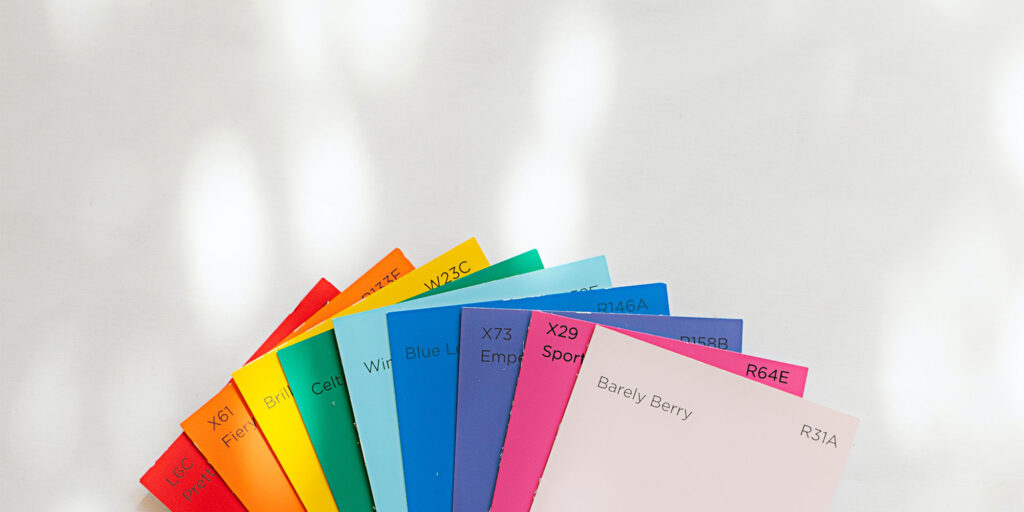
So, how do you choose your colors, fonts, and more?
We’ve previously published some guides about getting unstuck when choosing your brand colors and we’ve touched on the psychology behind logos and typography. But actually choosing what’s going to work for your brand requires a deep dive into your brand identity, competitive market, and ideal audiences.
Brand identity
What makes your brand tick? What are you here to do? And no, your answer can’t just be “make money.” Your brand’s identity matters if you want to stand out in a crowded market. At its core, all of your branding is the visual representation of this identity. If you don’t know who you are and what you stand for, the visuals are going to fall flat.
A few questions to help you get to the bottom of your brand identity:
- What is your why? What motivates and inspires you as a small business owner? Why did you start this company in the first place? How do you want to help or change the world?
- Which values guide your business? What do you want to be known for? What’s most important to you, your team, and your customers? For an organic vegetable farmer, these values might be transparency, health, and environmental friendliness. For a family law firm, integrity, honesty, and work ethic. Take your time here and see what concepts truly resonate with you and your business.
- What’s your brand’s personality? How does your brand connect with the world? Think about your friend group or even your family and coworkers. Odds are good some of them are quiet, thoughtful, and serious while others are outgoing and always the center of attention. Is your brand the friend who always has a good pun? Or the one who can explain anything in an easy-to-understand way? Do people come to your brand to be educated, entertained, or empowered?
With our brand strategy services, the team at Lunar Creative helps brands discover the answers to these questions and more.
Competitive market
To stand out from the competition, you have to know what they’re doing. Is there a particularly prevalent style of logo in your industry? Are your competitors drawn to a specific shade of green? Is the brand voice in your industry overwhelmingly professional and stoic?
The answers to these questions are important when it comes to brand positioning. By plotting your competitors in relation to each other, you can find little gaps in the market where your brand might fit.
Ideal audiences
We definitely saved the most important for last: knowing your ideal audience is an absolute non-negotiable. And we’re not just talking about where they live, what they do for work, and how much money they make. Truly understanding your audience means taking a deep dive into who they are, what they value, and their biggest problems in life. It’s the difference between a rough sketch and a full-blown watercolor. The details are what brings the whole exercise to life.
Example time. Consider the relative value of these two customer personas:
#1: 32-year-old female, married, mother of two, works in marketing ($65k/annually). Rents a home in the suburbs. Values time-saving and convenience services.
#2: Renee is a 32-year-old mother of two who works 50+ hour weeks in marketing. She rents a home in the suburbs with her husband, Rogelio, who has an entry level position in software engineering. While they’re living comfortably financially, Renee struggles with work-life balance. She’s looking for ways to spend constructive, quality time with her kids and husband without letting life’s daily chores overwhelm her. She values products/services that make her life easier—everything from convenience appliances like air fryers and Instapots to laundry hacks and done-for-you services.
While the first example gives you a lot of the same basic information, it lacks humanity. To connect with your audience, you have to be able to really see them. Exercises like this can provide a lot of clarity around why someone might choose your product or services.
Building Your Brand Package
Once you have a clear sense of your business, your competition, and your audience, it’s time to start building your brand package. Use the insights you’ve gathered so far as a jumping off point.
For example, if you know your authentic brand voice is playful and a little irreverent, lean into that authenticity. Use big, bold fonts and vibrant colors. Choose offbeat imagery that breaks from the status quo.
Or, if you know that you’re a family-oriented brand that provides a sense of security for your clients, consider keeping things more neutral. Try pairing a simple, strong sans serif font with soothing earth tones.
And remember, nothing in branding and marketing is forever. Even the most recognizable brands in the world have gone through countless evolutions. Just like your business, your branding should be allowed to grow and change over time.
Get the Ultimate Brand Package Checklist
When it comes to building out your branding package, the options are endless. You could have guidelines for branding everything from socks to whiskey tumblers. But for the essentials, we’ve got you covered with our comprehensive brand package checklist.
If building your brand feels like a big lift, you’re in luck. At Lunar Creative, we specialize in strategy-driven brand building. That means taking a big picture, data-driven approach to help your brand hit the ground running. From helping you understand your target market better to sending over print-ready business card finals, we focus on the little details to create big results.
Ready to get started? So are we! Get in touch to learn more about how Lunar Creative can give your brand the personalized attention you deserve.
